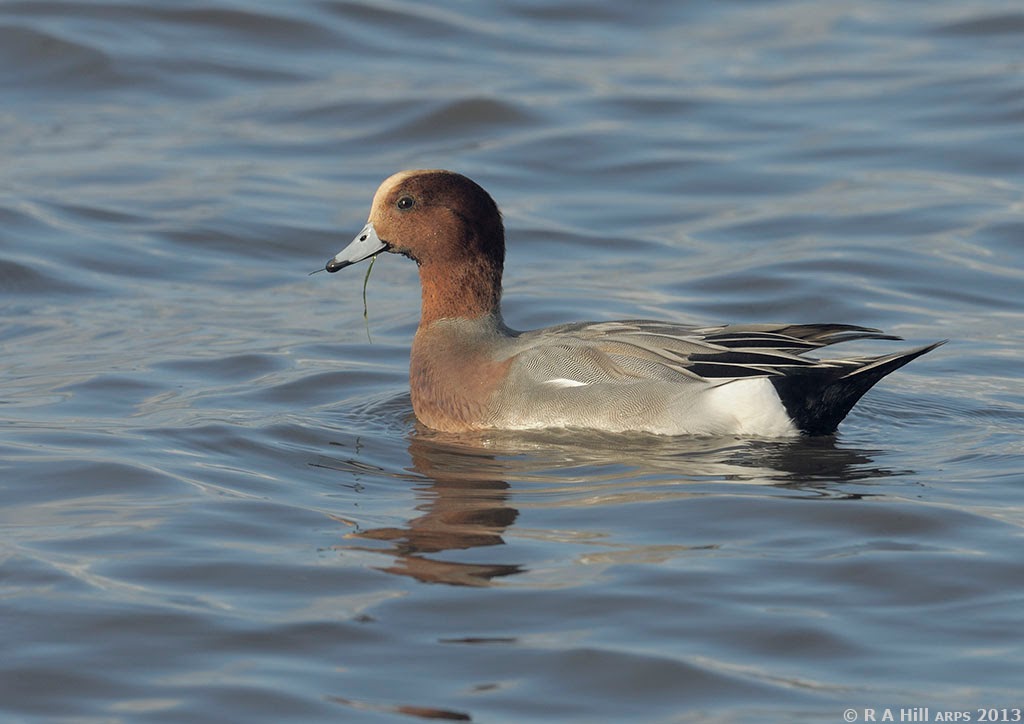FAVOURITE SUBJECTS AT CHESTER
24th & 28th August 2013
I suddenly realised that it was a long time since I had used my camera or stretched my legs properly, so I took time off from my chores on Saturday 24th to visit Chester Zoo again.
Unfortunately the light was rather grey and it was breezy, which could be my excuse for some disappointing photography. I could add that the zoo was very busy too, but I didn't spend much time in the busy areas. Actually I think that like a sportsman, I can be 'in good form' as a photographer but I also have bad days, when things don't quite work: after all taking a photograph involves hand-eye co-ordination, good body posture and pre-visualisation of an unpredictable situation, just like a batsman at the crease.
I spent a lot of time watching the black lion tamarins in their outdoor enclosure, I was pleased to see them looking well and they were very active, indeed rather too active for my convenience. I could see that they are more highly strung than the other species of lion tamarins, which is why they do not do as well in captivity. This was the best image that I managed with my 500 mm lens.

I did the spot a pygmy marmoset in the same enclosure, which was carrying a small infant. As I have written before, this species can be amazingly cryptic and the baby seemed to be asleep most of the time, so I could not get a photo where I could see the faces of both animals. Two friends posted a lovely photo on the ZooChat website, their secret weapon was their young baby, which happened to cry as they were watching the marmoset - which attracted the attention of the adult and the baby marmoset for a moment. I joked that I would have to think about putting a three-month old baby in my camera bag.
I did have one piece of luck, as I arrived in the Tsavo Aviary just as the keepers were feeding the birds with mealworms and locust hoppers. This attracted a brown-breasted barbet, which is one of the more secretive birds. I got a few nice shots.
This shot is the one that where I managed to nail it. Just about everything is right: I like the pose and the composition, the background is nice, the focus, exposure and colour are good and even the little things work - the branch hides the rings on the bird's legs and the profile of the beak shows the 'tooth' on the upper mandible which is characteristic of the larger barbets.
At least I had something to show from my day.
On Tuesday 23rd the Zoo announced that the baby Indian rhino had gone on show at just over 7 weeks old, although she would not be on view all day. As I was frustrated by my poor photos from Saturday and I had never seen a really young Indian rhino calf, I checked the weather forecast and decided to visit again on Wednesday. I prefer weekend visits as the M62 is usually very congested on weekday mornings, but I set off early and the delay was not as bad as I had feared.
I was delighted to see the little rhino 'Komala' with her mother 'Asha'. She is a sturdy little thing and already trying to eat grass: it was funny to watch her concentrating on chewing a couple of stalks while 'Asha' was tucking into great mouthfuls. The light was nice, but the positioning of the Asian Plains paddock and the viewing meant that I had to work
contre-jour which is always more challenging than plain down sun snapshots. I have to remind myself to check my histogram display occasionally to make sure that the exposure is OK for some sample shots. Then I can reduce the contrast when I process my raw files with Capture NX2 to give more shadow detail, without losing the highlights.
The black lion tamarin enclosure gets some sunlight in the morning, but it filters through the trees which can give problems with patches of light and shade. I was pleased with this sequence.
The tamarins were quite vocal because they could hear (but not see) the golden-headed lion tamarins in the other Miniature Monkeys exhibit. The image below has the best Rembrandt lighting.
I also had the chance to work on the pygmy marmosets. I took quite a lot of images, but I think that I nailed two in decent light with both animals' faces visible and in focus. Although I was only shooting in landscape format (horizontal frame) when I looked at the first one I realised that when it was cropped it would also work in portrait format. I have posted both versions below, I think I prefer the vertical crop (but I might change my mind).

All images taken with my 500mm lens.







































